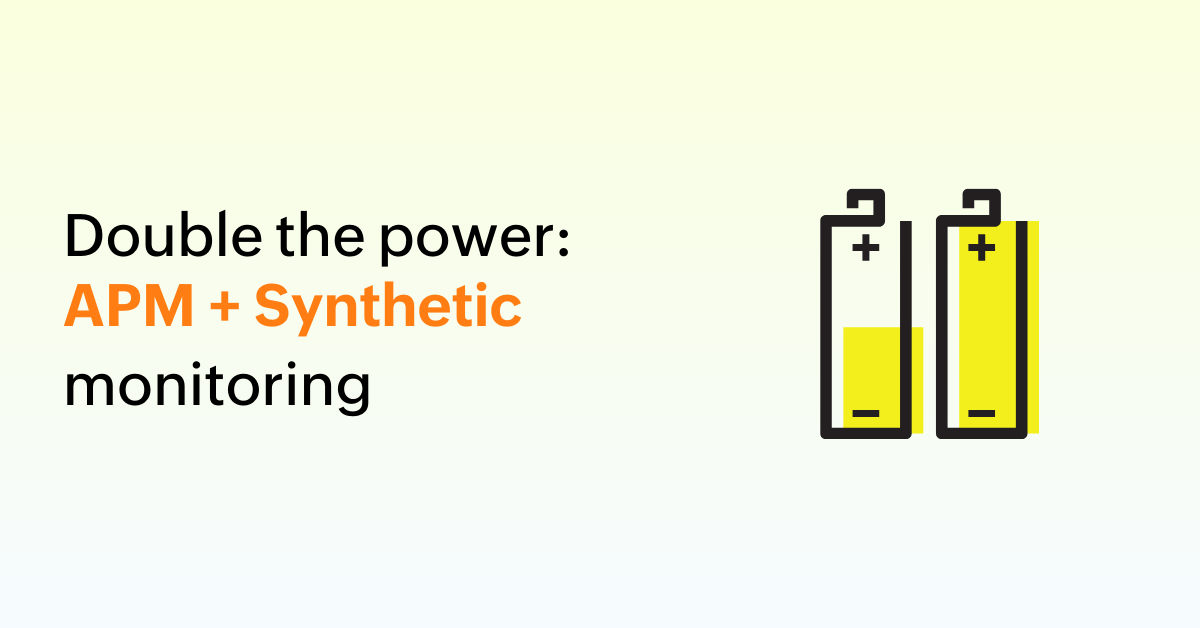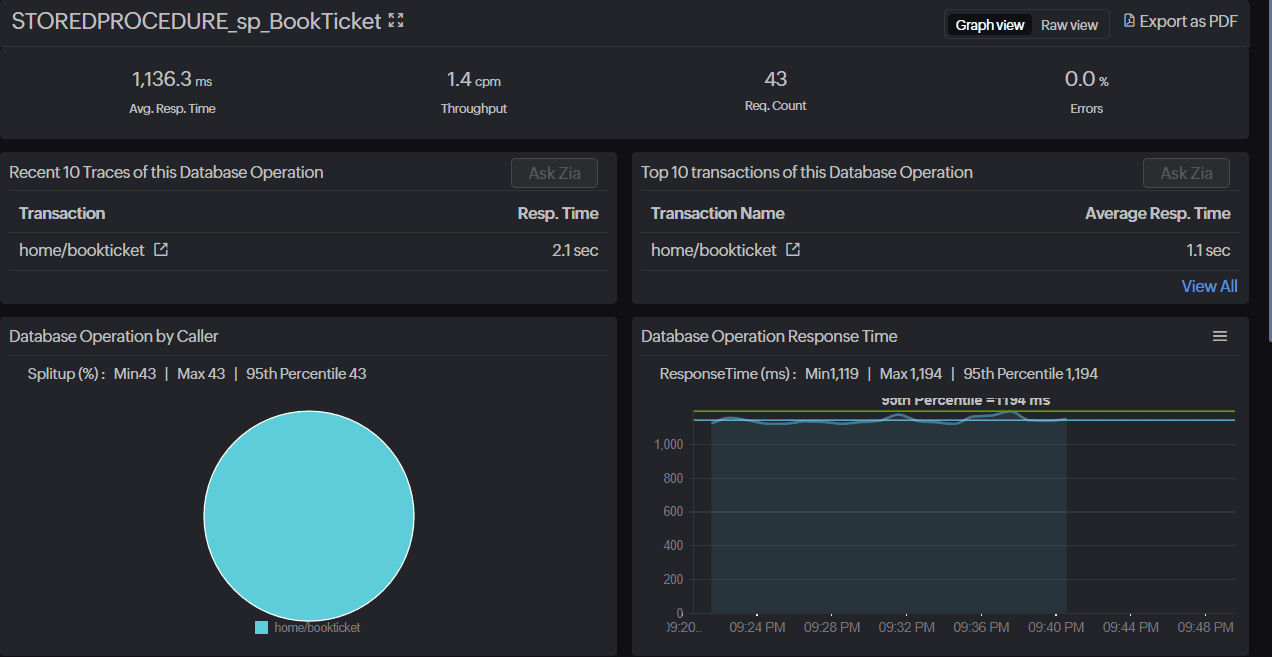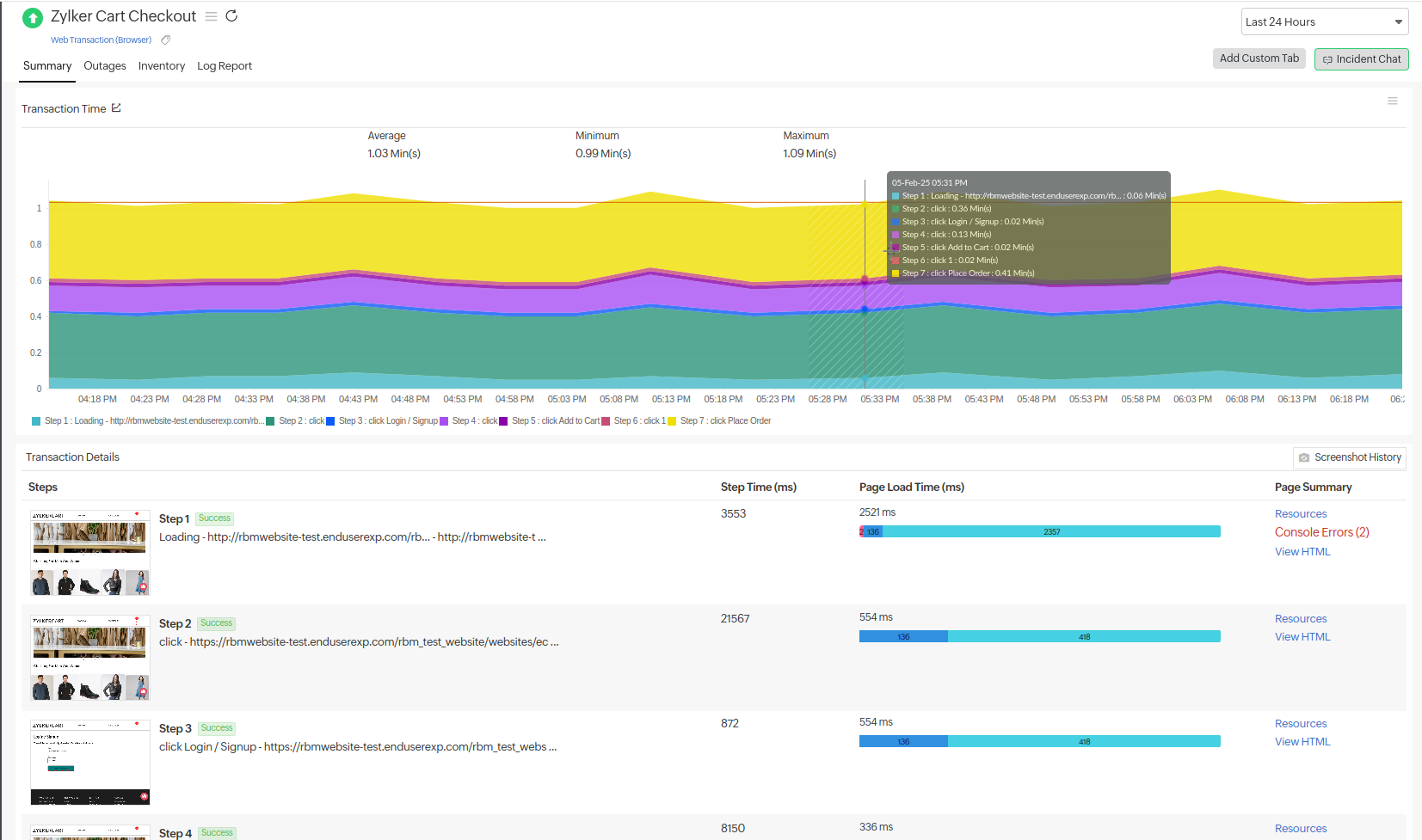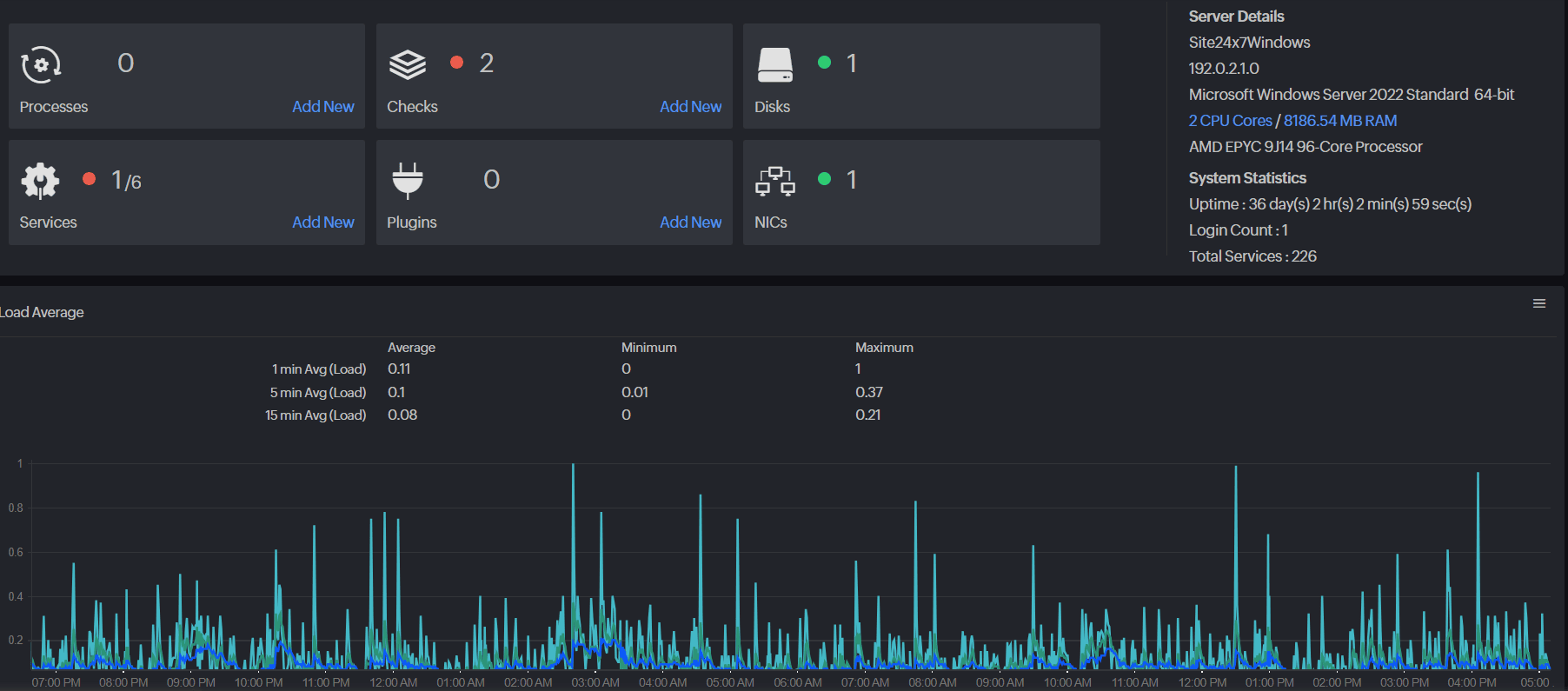How APM and synthetic monitoring work together for better performance

Lags are not just an inconvenience—they lead to lost revenue and frustrated users. To prevent this, organizations turn to application performance monitoring (APM) and synthetic monitoring to maintain peak application performance.
In this blog, we will explore why APM and synthetic monitoring work better together and how organizations can leverage this combination for improved application performance, faster issue resolution, and enhanced user experience.
Why APM and synthetic monitoring work better together
APM and synthetic monitoring serve distinct yet complementary roles in application performance management.
- Synthetic monitoring continuously tests applications from multiple locations by simulating user interactions and transactions. This helps in detecting potential issues before real users experience them.
- APM , on the other hand, monitors real user interactions, providing granular insights into application performance, transaction tracing, and backend infrastructure health.
When used together, they provide a powerful, proactive approach to performance monitoring, helping IT teams detect, diagnose, and resolve issues before they escalate.
5 key benefits of using APM with synthetic monitoring
1. Early issue detection and reduced downtime
Proactively detecting and resolving issues before they impact real users is crucial for organizations.
- APM provides deep insights into application behavior, including slow database queries, unoptimized code, and server-side issues.
- Synthetic monitoring runs scheduled tests on applications, APIs, and third-party services to identify performance bottlenecks in advance.
- Combining APM’s diagnostic capabilities with synthetic monitoring's predictive analysis enables IT teams to identify potential failures early and resolve them quickly.
Example: If a synthetic test detects slow response times for a login page, APM can pinpoint the exact backend issue , such as a slow transactions or high server CPU usage.
🔗Identify performance bottlenecks in complex applications with Site24x7 APM tool
2. Optimizing application performance and user experience
A well-performing application ensures better user retention and engagement. Synthetic monitoring and APM together help optimize performance in several ways:
- Synthetic monitoring measures response times across multiple geolocations, ensuring users get consistent performance worldwide.
- APM tracks performance metrics like database query execution times, memory usage, and application errors.
- Real user metrics from APM , when analyzed alongside synthetic test results, enable IT teams to make data-driven optimizations.
Example: An organization notices that its application performs well in the United States but is slow in Asia. Latency issues are addressed by APM that helps diagnose backend problems causing delays, and synthetic monitoring that identifies these issues by geographic region.
🔗 Learn about the importance of multi step synthetic transaction monitoring

3. Improved SLA compliance and benchmarking
SLAs define performance expectations for applications and third-party services. Synthetic monitoring and APM ensure compliance by:
- APM provides real-time performance analytics , enabling IT teams to benchmark application performance over time.
- Synthetic monitoring can continuously track uptime, availability, and response times at set intervals, ensuring SLA adherence.
- The insights from both can enable organizations to negotiate better SLAs with third-party vendors and optimize their internal performance strategies.
Example: If a cloud service provider guarantees 99.99% uptime , synthetic monitoring can validate this claim, while APM provides insights into actual performance trends over time.
🔗 Learn why maintaining an error budget is crucial for SLA compliance

4. Proactive incident management and faster root cause analysis
Detecting issues is only half the battle—resolving them quickly is key. Synthetic monitoring and APM together enable:
- Instant alerts from synthetic tests when an application slowdown or outage occurs.
- Detailed transaction tracing with APM , helping pinpoint the root cause of an issue.
- Faster troubleshooting , reducing mean time to resolution (MTTR) and minimizing downtime.
Example: A synthetic test detects a checkout failure on an e-commerce site. APM reveals that the root cause is an overloaded database . With this information, IT teams can resolve the issue before real customers abandon their carts.
🔗Enhance business efficiency with APM’s application transaction monitoring
5. Holistic visibility across cloud, APIs, and web applications
Modern applications rely on multiple components, including cloud services, APIs, and microservices. Monitoring these elements is crucial to ensure seamless performance.
- APM provides end-to-end visibility into backend performance , including database operations, server health, and microservices interactions.
- Synthetic monitoring simulates multi-step transactions , ensuring APIs, login pages, and checkout flows work as expected.
- Full-stack observability, achieved through visibility across the technology stack, helps organizations identify bottlenecks across their entire infrastructure.
Example: If an API fails in a synthetic test, APM can help IT teams determine the cause of the issue, including if it results from the API code, network latency, or third-party dependencies.
🔗Learn how to achieve your business goals with full application observability

Final thoughts
Organizations that rely solely on APM or synthetic monitoring risk missing critical insights into their application performance. By integrating both tools, organizations can:
- Detect and resolve issues proactively before they affect users.
- Ensure applications meet SLA commitments and performance benchmarks.
- Optimize response times across different locations and platforms.
- Improve troubleshooting speed with deep-dive diagnostics.
- Gain full-stack visibility across web, cloud, and API environments.
Want to enhance your application monitoring strategy? Try the double power of APM and synthetic monitoring with Site24x7’s APM. Start your free trial now!